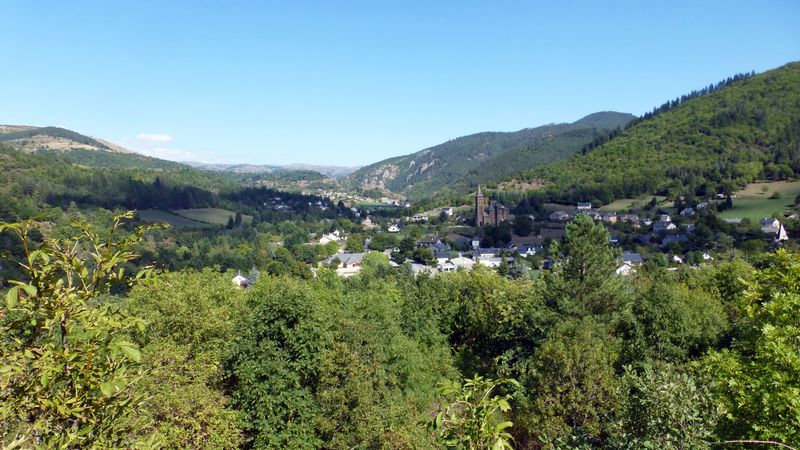
The Tarn Valley (by mountain-bike)
This circuit alongside the river Tarn covers a section of the Stevenson Trail. Robert Louis Stevenson, the Scottish writer, crossed the Cévennes with his she-donkey Modestine in 1878. Today, it is your turn to discover the landscapes that inspired Stevenson's book.
6 points of interest
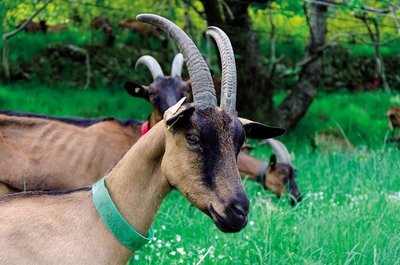
Chèvre de race alpine - © Olivier Prohin AgricultureThe Gautier goat farm
Yolande and Christian run a small farm where they make farmhouse goat's cheese, a typically Cévenol product. Their herd consists of 60 Alpine dairy goats, and all their milk is processed on-site into farmhouse cheese. From late November to late April, the nanny goats have a break so their little ones can feed!
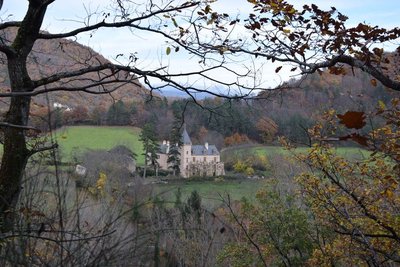
Château d'Arigès - © com com Florac Sud Lozère  History
HistoryChâteau d’Arigès
This can be seen on your left, in a gap in the forest. It was only a share-cropping farm, whose buildings were in ruins, when the Lord of Issenges bought it in 1658. He lived in it from 1688. This Château, which is no doubt more comfortable than the « maison carrée » (“square house”), was built in a river bend of the Tarn and is surrounded by fertile soils well-suited for crop-growing.
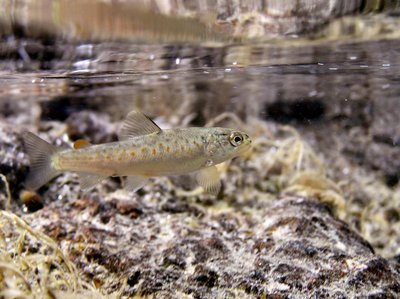
Truite fario - © Philippe Baffie  Fauna
FaunaThe brown trout (Salmo trutta fario)
This trout lives in our waterways and is an indigenous species. This stock is a part of our heritage. Its size varies with the quality of the water, fishing pressures, and the nature of the riverbed (hiding-places). In the summer, it hunts in white water and on the surface, and catches insects. In the winter, it eats larvae on the bottom. Reproduction begins in November and is staggered throughout the winter. The female lays its eggs on a gravelly stretch of the riverbed, into which it has dug a pit using its caudal fin. The male deposits its milt over the eggs. Once they are fertilised, the eggs are covered with gravel. Reproductive success depends on variations in the water flow and especially on the risk of the spawning areas drying out in dry winters.
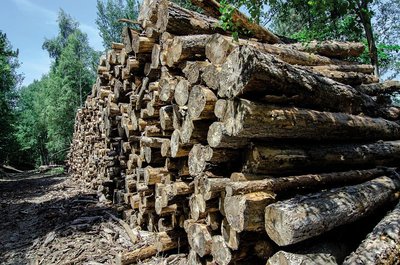
coupe de bois - © Olivier Prohin  Know-how
Know-howFages Sawmill
Upstream from Bédouès, you will see a sawmill, which mainly produces wood to make crates and pallets. It also produces some timber. Today, local forestry companies utilise wood in a number of ways: for energy, paper pulp, timber, crate-making and construction.
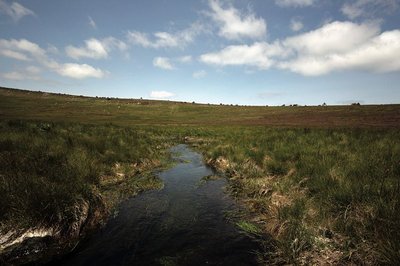
Source du Tarn - © Yannick Manche  Water
WaterThe river Tarn
The Tarn has its spring at an altitude of 1,550 m under the ridge of Mont Lozère. Having carved its way into the granite bedrock, it separates the Bougès massif from Mont Lozère. After Bédouès, it meets the river Tarnon and slowly enters the limestone region, in which its bed is increasingly deep. At its confluence with the Jonte, at Le Rozier, the Tarn leaves the department of the Lozère.

La collégiale - © Nathalie Thomas  History
HistoryThe collegiate church
Notre-Dame-de-l'Assomption collegiate church in Bédouès was built in the 14th century (1363) at the instigation of Pope Urban V, to house his parents' tomb and a chapter of eight canons. It was fortified a little earlier It was destroyed in 1580 during the religious wars and rebuilt in the 17th century.
Description
Mountain-bike route #9. Exit right from the car park, towards La Baume. Before La Baume, take the path (GR70) that runs alongside the waterway to get to the Azinières housing scheme. You return by retracing your “footsteps”. Back in Bédouès, the route takes you around the village. Head for Pontèse to join up with a track upstream of the Tarn (there-and-back).
- Departure : Bédouès
- Arrival : Bédouès
- Towns crossed : Bédouès-Cocurès and Florac Trois Rivières
Forecast
Altimetric profile
Recommandations
You are strongly advised to wear a helmet. The route is stony, and is also used by donkeys.
Transport
Bus line 261 “Florac – Le Pont de Montvert – Mont Lozère”, every day in July and August
https://lio.laregion.fr/
Access and parking
3 km from Florac, turn off onto the D 998 towards Le Pont-de-Montvert. Park in Bédouès.
Parking :
Calculateur d'itinéraire Lio
Utilisez le calculateur liO pour organiser votre trajet en région Occitanie.
Autres régions
Calculez votre itinéraire en Auvergne Rhône Alpes sur Oùra
Biodiversité autour de l'itinéraire
Source
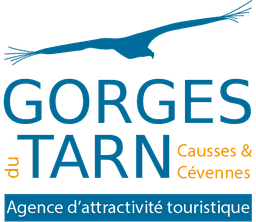

Report a problem or an error
If you have found an error on this page or if you have noticed any problems during your hike, please report them to us here:
